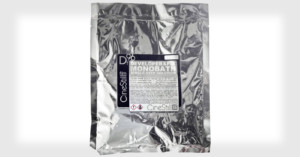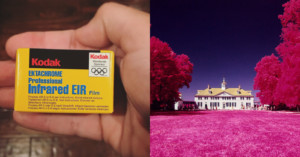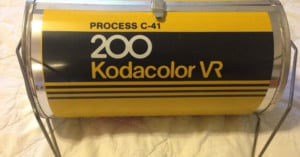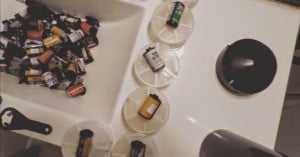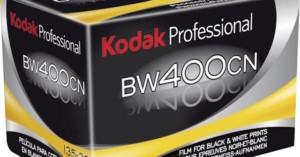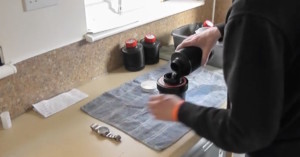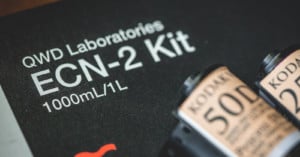
Developing ECN-2 Motion Picture Film at Home
If you’re a film geek like me, these numbers should look familiar, 5203, 5207, 5217, and 5219. These are the film stocks Kodak Motion Picture offers to film directors and cinematographers. Since 2014, Quentin Tarantino, Martin Scorcese, and J.J. Abrams partnered with former Kodak CEO Jeff Clarke, to spearhead an effort in protecting the use of celluloid in the motion picture industry.
